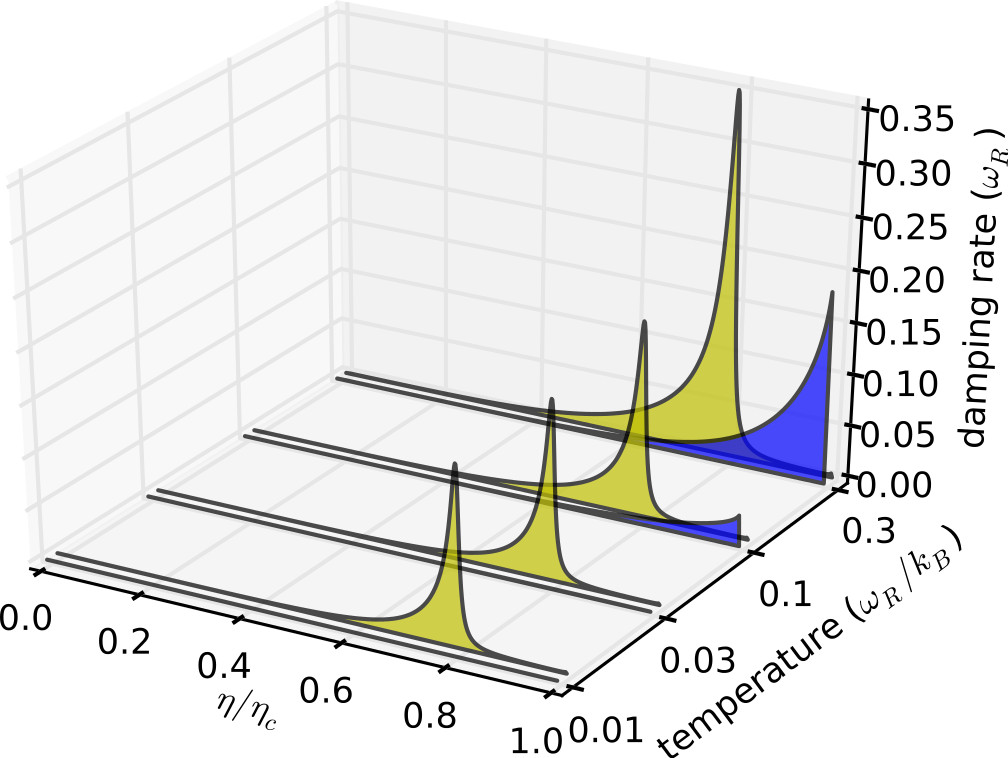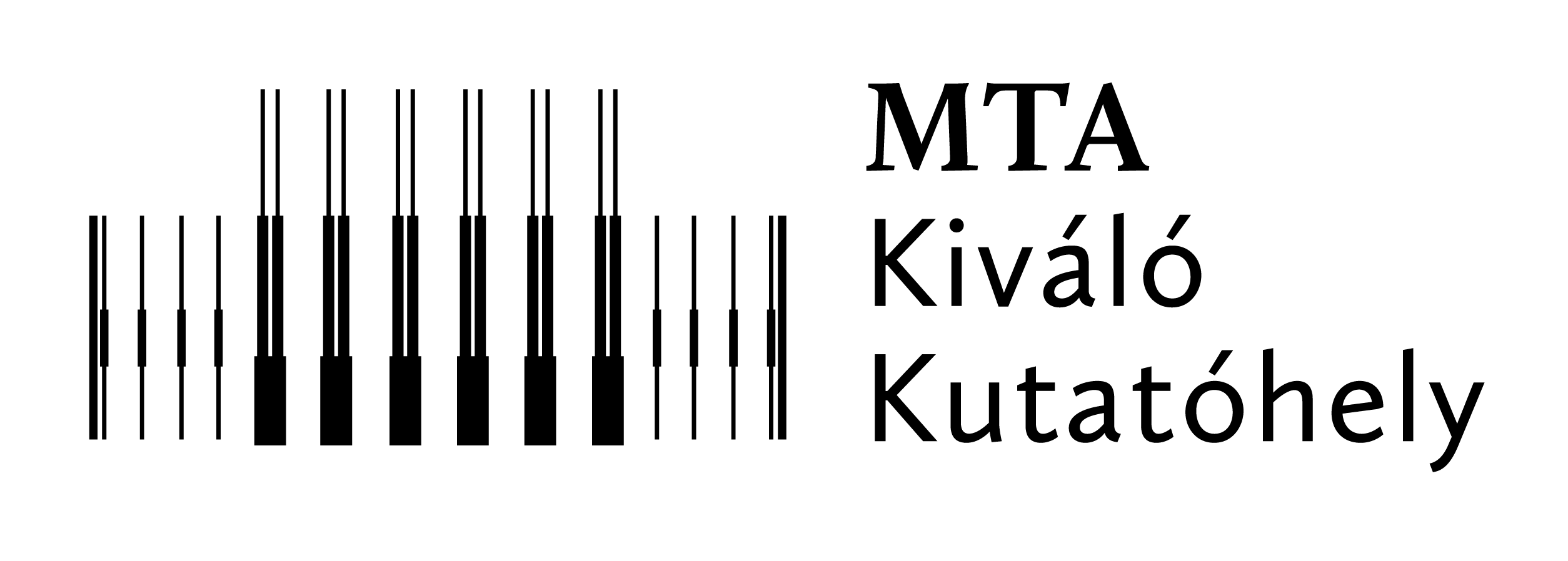Ultracold gases, Bose-Einstein condensates
Ultracold atoms coupled to the radiation field of an optical resonator realise a long-range interacting many-body system which proved to be suitable for the quantum simulation of the superradiant quantum phase transition. A few relevant modes describe with surprising accuracy the self-organization criticality in the frame of the Dicke model. The corresponding quasiparticles of the bosonic superfluid have limited lifetime which has a substantial influence on the nature of criticality. Dissipation and the accompanying quantum fluctuations substantially modify the correlation functions and the critical exponents. We found recently that the presence of criticality, in turn, can lead to a drastic modulation of the quasiparticle damping rate when sweeping the control parameter.
We developed a general theory for calculating the damping rate of elementary density wave excitations in a Bose-Einstein condensate strongly coupled to a single radiation field mode of an optical cavity. We found a huge resonant enhancement in the Beliaev damping of the density wave mode which constitutes the polariton-like soft mode of the self-organization phase transition. The resonant enhancement takes place, both in the normal and ordered phases, outside the critical region. In the polariton mode, only a very small photonic component dresses the density wave mode, but this leads to a large frequency variation, i.e., mode softening, due to the presence of the critical point. The available four-particle collisional processes involving the polariton mode, the condensate and two other phonon excitation of the condensate are significantly influenced by the polariton frequency.
We show that the large damping rate of the polariton mode is accompanied by a significant frequency shift. Going beyond the Born-Markov approximation and determining the poles of the retarded Green's function of the polariton, we reveal a strong coupling between the polariton and a collective mode in the phonon bath formed by the other density wave modes.




